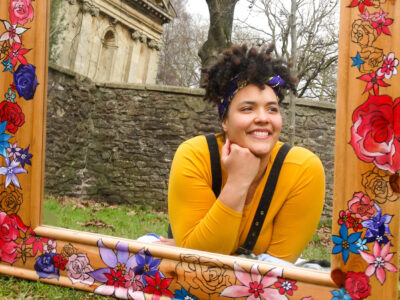A Call for Change in Children’s Literature
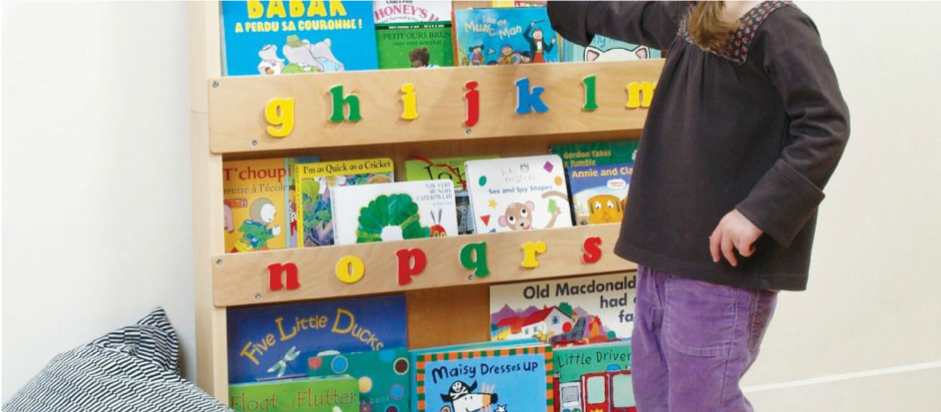
Miya Lacey interrogates the white-washed landscape of children’s literature and suggests some better reads that promote diversity
Whether they know it or not, children learn about the way the world works through reading. But how will a child interpret the world if the portrayals they encounter depict almost exclusively white, middle-class culture?
Think back to the Harry Potter series, which only features a small handful of ethnic characters. Although author JK Rowling has included characters of colour such as Lee Jordan and the Patil twins, they all have subordinate roles. Cho Chang arguably has a more central role as she acts as Harry’s love interest, but not for long – when Harry falls for Ginny, Chang disappears. If literature supposedly mirrors real life, then a lack of valuable ethnic characters gives children the impression that they lack importance in the real world. Stories like this are responsible for preserving the delusion that one race is superior to another. Children need to recognise racially-representative role models within literature as well as in everyday life. If non-white children cannot find their place within literature, then they could struggle to find their place within society.
There is more need today than ever for more diverse literature for children. In a study conducted by The Bookseller, it was discovered that out of the top 100 books published in 2016 in the UK, only one was written by an ethnic British writer. Out of the top 500 this number rose to a measly six. How can this be? According to an article published by The Guardian in 2017, a survey found that over 90% of the UK publishing industry identify as white British. Beth Cox from Inclusive Minds, a collective working towards equality in children’s publishing, described the lack of inclusivity in UK children’s literature as a “huge problem.”> She added that “there seems to be a huge fear of putting black people on book covers and/or marketing books with black covers to anyone who isn’t black.”
How can we combat this whitewashing? People are already doing their best to tackle the issue. In 2014, a non-profit organisation called We Need Diverse Books was set up to help promote diversity and inclusivity in children’s literature and publishing. The #OwnVoices movement was created by Corinne Duyvis as a way of easily identifying non-biased literature for children. For you at home – whether you have children of your own, or just want to do your part to promote literature which reflects our multi-cultural society – here are a few examples of children’s literature which promote diversity:
- Happy in Our Skin by Fran Manushkin
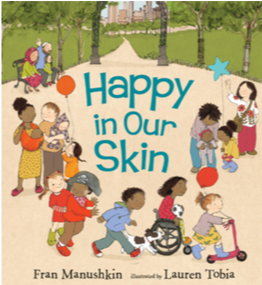
‘This is how we all begin, small and happy in our skin.’
This book is a celebration of every skin tone. The story presents today’s multicultural society as a beautiful medley that differs in race, but shares the same values.
- The Name Jar by Yangsook Choi
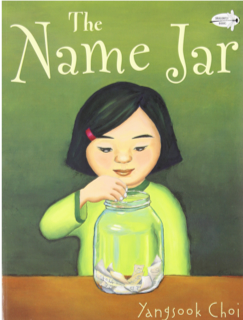
“I don’t want to be different from all the American kids.” “You are different Eun-Hye. That’s a good thing”
Yangsook Choi tells the tale of Eunhei, a young girl who moves to America from Korea. When none of her new classmates can pronounce her name, they begin filling a jar with ‘American’ names for Eunhei. The children eventually take the time to learn Eunhei’s real name, and she is welcomed into her new school. An empowering story of a young girl learning to be proud of her Korean heritage.
-
The Island by Armin Greeder
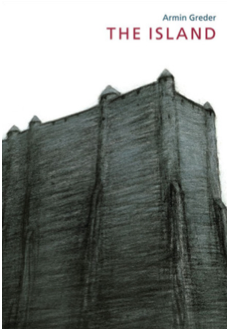
- ‘They stared at him. They were puzzled. Why had he come here? What did he want? What should they do?’
The haunting charcoal illustrations in this picture book communicate a powerful message about prejudice and tolerance. When an unusual man washes up on a reclusive island, the natives reluctantly decide to take him in. However, as he is seen as different, the man is forced to live in a goat pen and eat scraps. An encouragement to young readers to welcome other cultures into their own.
Azzi In Between by Sarah Garland
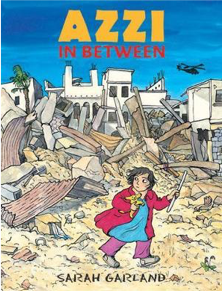
‘There was a country at war, and that is where this story begins. It is the story of Azzi.’
A compelling story of a young refugee escaping her war-torn homeland. Azzi and her family flee to a new country, but are still faced with many hardships – will they be allowed to stay? With the help of a new friend, Azzi learns to speak English and is welcomed into her new school. This poignant tale of fear, displacement and loss teaches young readers about war, and encourages them to welcome refugees like Azzi into their country and lives.

